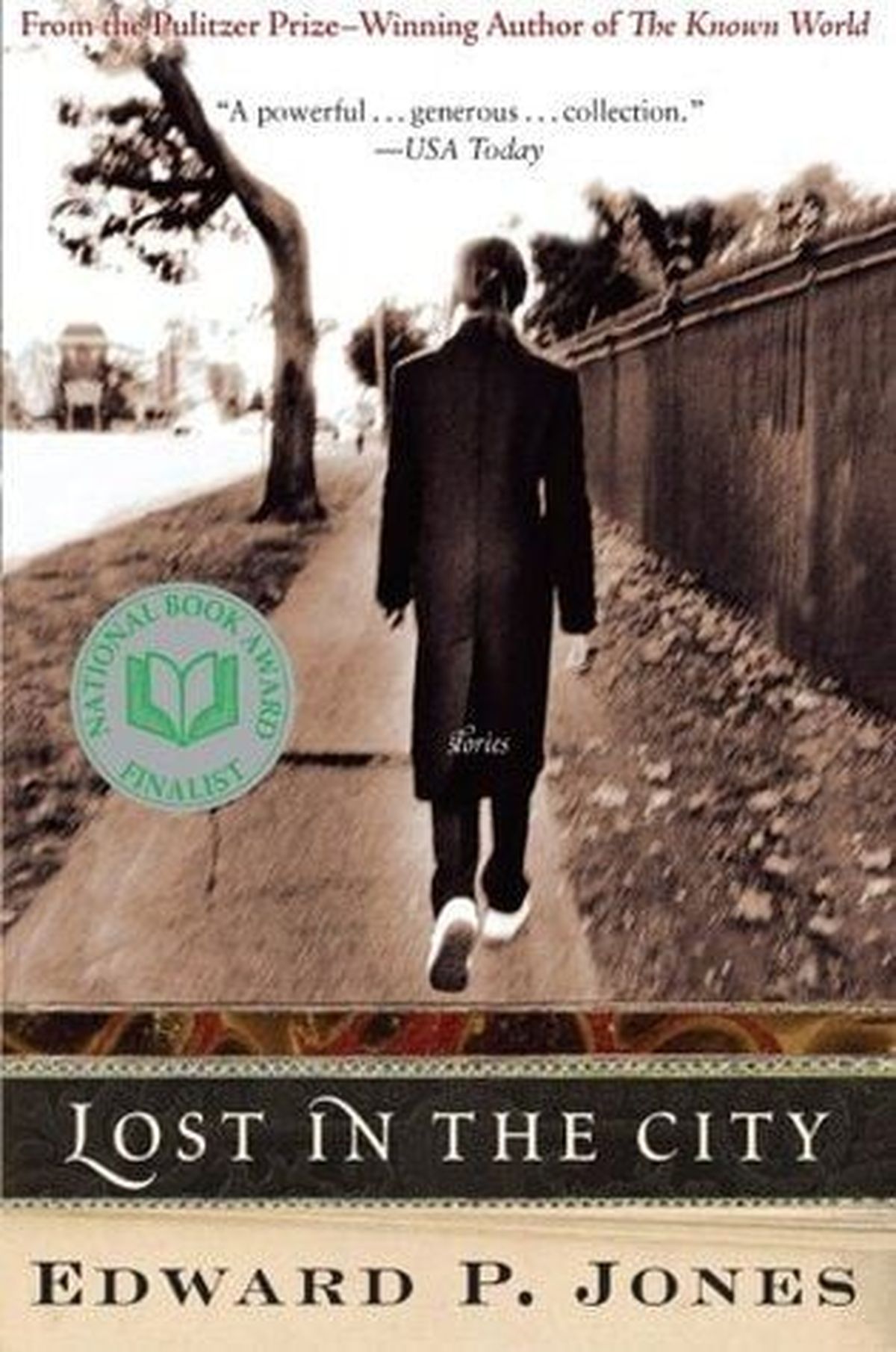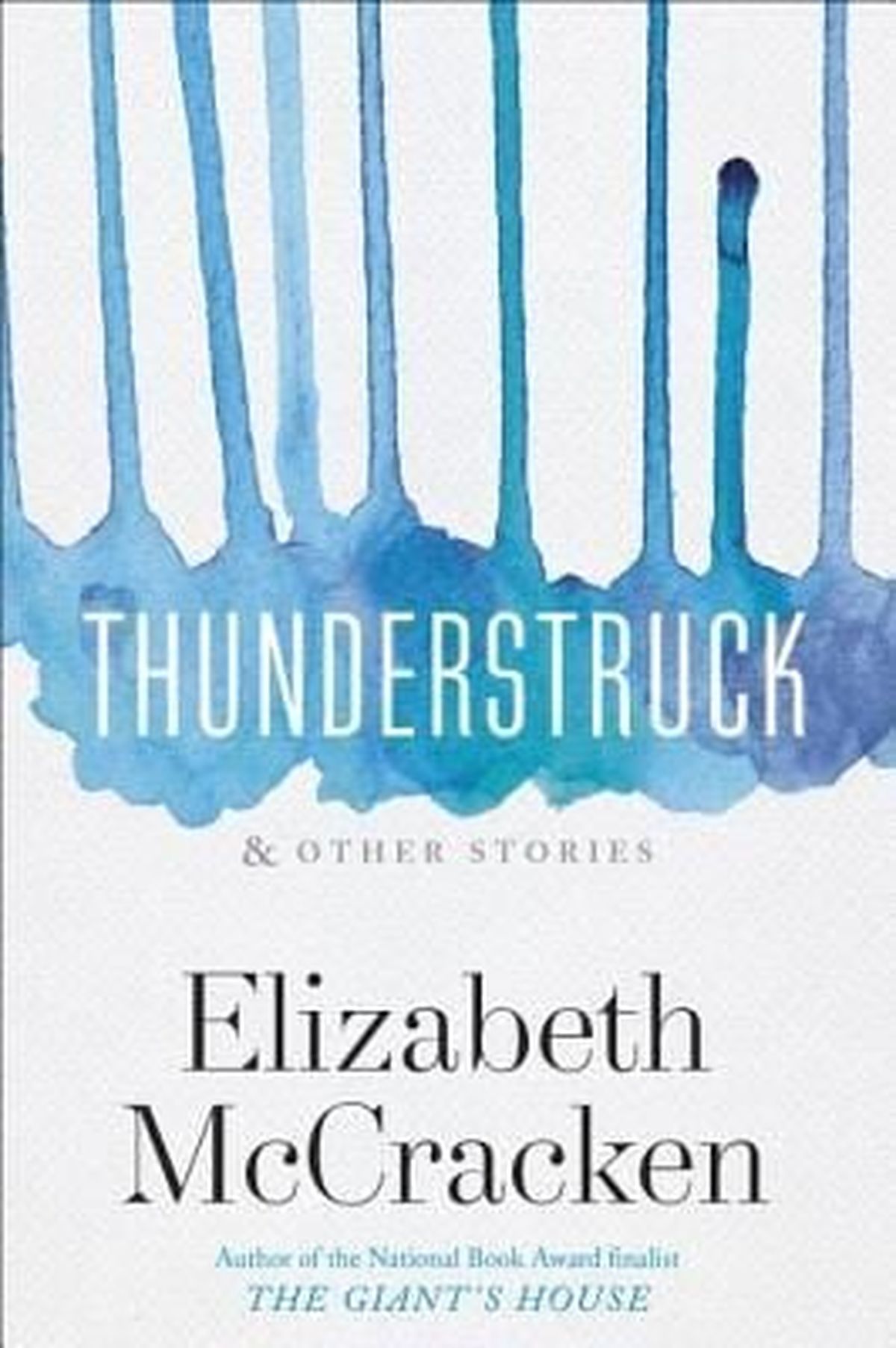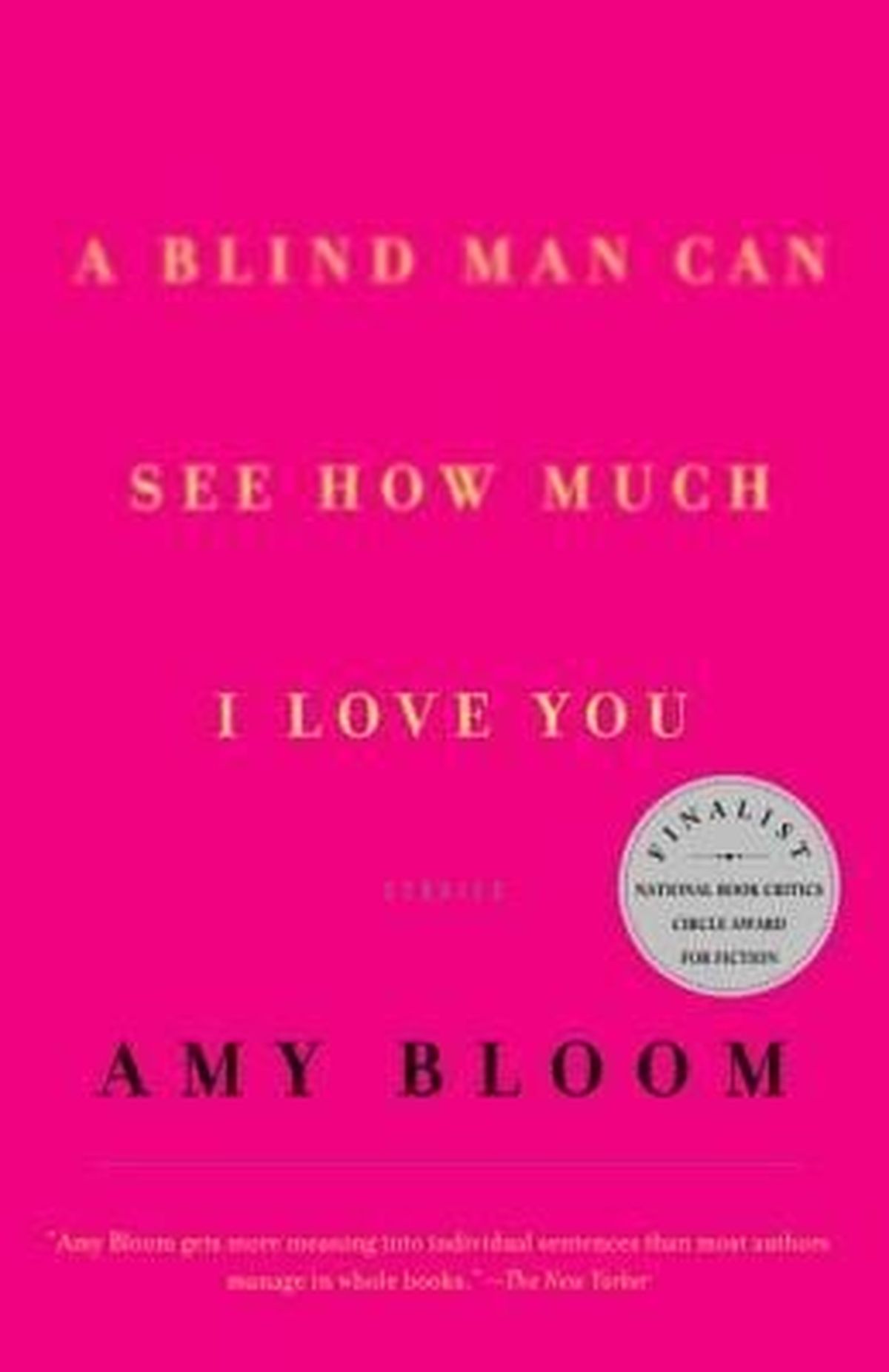Short stories: Local authors deliver recommended readings
In honor of the release of Jess Walter’s latest short story collection, “The Angel of Rome,” several local authors offered their recommendations for other favorite short story collections. “The Angel of Rome” is slated for release on Tuesday.
Deb Caletti
“Thunderstruck,” by Elizabeth McCracken. When this book was first released, I was feeling weary and uninspired after writing a book a year for nearly 20 years. I badly needed to fall in love again with words, and the very first sentence in the very first story of this collection, “Something Amazing,” was an electric shock to the heart. That whole first line is a beauty, but also includes the words “ectoplasmic dungarees,” so I dare you not to sit up and take notice. This is a stunning collection about grief and loss which somehow manages to be surreal and very real, haunted and true, heartbreaking and darkly comic. In classic Elizabeth McCracken, it’s also deeply empathetic.
“A Blind Man Can See How Much I Love You,” by Amy Bloom. One of my all-time favorite collections, these linked stories tell us more about Lionel and Julia, who were first introduced in Bloom’s award-winning book, “Come to Me.” Bloom’s characters are so real that they’re you yourself – your chaotic and complicated heart, your daily failures and triumphs, those moments when you crack yourself up. She’s gentle with you, too, and generous, even while being crushingly honest. This is one of those spare books that remind you how much is said in the unsaid.
“Bobcat and Other Stories,” by Rebecca Lee. Full of messed-up people trying to navigate a confusing world, this collection is, in other words, real-life on the page. These are stories about relationship and self, love and betrayal, confusion and those brief moments of clarity, and like a bobcat itself, they’re sly, beautiful, tense, and unnervingly unpredictable. One minute Lee has you laughing, and the next, she’s taken you down with sharp precision. A wise and electric collection.
Sharma Shields
“The Beadworkers,” by Beth Piatote. In these pages, Berkeley professor Piatote (Nez Perce from Chief Joseph’s Band, enrolled with the Colville Confederated Tribes) experiments with form and theme in astonishing ways. Some of the stories are lyrical, influenced by Niimiipuu language and traditions, some are historical, circling around the Fish Wars of the 1960s, for example, or around the events of Wounded Knee, and one of them is even a play, a brilliant Nez Perce-Cayuse retelling of Sophocles’ “Antigone” into “Antíkoni.” Piatote refuses to sink her characters into despair, and despite devastation and loss, there is breathtaking uplift and joy in the narrative arcs, a testament to indigeneity itself. The Inland Northwest – the ancestral lands of the Nez Perce and other tribes such as the Cayuse, the Spokan, the Yakima, and many more – features prominently here.
“Mouthful of Birds,” by Samanta Schweblin. Argentine writer Samanta Schweblin writes strange, suspenseful, menacing tales dripping with metaphor and unease. I’m a fan of her novels, too, the absurdist “Fever Dream,” described by many as an ecological thriller, and the allegorical “Little Eyes,” a commentary on our expanding reliance on social media and devices. Readers who appreciate a sprinkle of nightmare with their literary meals will appreciate this macabre work. A lonely woman meets a merman, a school of children transform into butterflies, an adolescent girl begins to devour live birds (beaks, talons, feathers and all): You never know quite what you’ll get with a Schweblin read, but it will always be delivered in a deadpan, wickedly humorous manner that will leave you thoughtful and unnerved, not because the subject matter is so bizarre but because the reactions of the characters feel all too familiar.
“Her Body and Other Parties,” by Carmen Maria Machado. Remember the scary story we read as children about the girl who always wore a green ribbon around her neck? And the girl grew up and got married and told her husband, “No matter what you do, never untie this green ribbon?” And finally, overwhelmed with curiosity, he did so, and her head fell off? Well, the first story in Machado’s imaginative collection retells this story from the wife’s perspective. This might give you a taste for the weirdness of this book, its fantasy and humor and horror, and the stories only get more wild and beautiful as the collection progresses.
Tod Marshall
“The Complete Stories,” by Flannery O’Connor. What is there to say? To borrow two words that she found compelling: the “mystery” (of faith) and “manners” (often portrayed sardonically) of her work invite us to into a world that seems to scoff at convictions. And yet: again and again, O’Connor plants mustard seeds in the most surprising of places. Stunning sentences, unforgettable characters, and vivid details: these often violent, always disturbing tales are unforgettable.
“The Middleman and Other Stories,” by Bharati Mukherjee. I read Bharati Mukherjee’s “The Middleman and Other Stories” many years ago, and the collection, in some ways, resonates even more powerfully for a reader in 2022. Giving us access to memorable stories of immigration and the difficulties of displaced persons, the most compelling story in the collection is found in “The Management of Grief.” Told by a narrator repressing her grief about the 1985 destruction of Air India Flight 182, this story gives us poignant access to family members devastated by loss.
“The Best American Short Stories of 1990.” The table of contents sorta says it all: Alice Munro (two stories!), Denis Johnson (yup, “Car Crash While Hitchhiking”), Pam Houston (her hilarious “How to Talk to a Hunter”), Lorrie Moore (“You’re Ugly too – yup, also funny), Siri Husvedt, Richard Bausch, Padgett Powell, and others. My copy is dog-eared and shredded.
Shann Ferch
“Rock Springs,” by Richard Ford. Master of dirty realism, narrative density, clarity, and depth of prose, Pulitzer Prize winner Richard Ford depicts the low-down frightfully real existence of our emptiness and how fragile we are. We exist under the simple conception we have freedom to grow, expand, and illumine the world with color, yet we are so often bound to the gray and mundane by fate, or destiny. As artful in its reach as Wildlife (Ford’s beautiful small book of awe-invoking portent), Rock Springs delivers.
“Labors of the Heart,” by Claire Davis. A prose stylist of uncommon power, with a light and fluid touch concerning the heart of humanity, Claire Davis exposes a vein of hidden resolve in the secret folds of her characters’ interior lives. Her discipline as an artist, enveloped by a great sense of the complexity of being human and graced by a caring hand, is a golden thread of illumination in the title story and throughout the collection. Davis’ work, selected for Best American Short Stories and a Pushcart Prize, is rich with alienation, secrecy, the nuances of power, and the subtle ascendancy of love.
“Lost in the City,” by Edward P. Jones. An artist whose prose and narrative arcs generate irresistible pull and evoke in readers a genuine sense of entire worlds, Edward P. Jones has numerous books. His first, “Lost in the City,” garnered the PEN/Hemingway award. His second, “The Known World,” won the Pulitzer Prize. A luminary of American letters, Jones affirms that which is humble and human, and does so with startling accuracy. The characters Jones writes are imbued with compassion, and the words of Martin Luther King Jr. aptly apply to Jones’ prose, a distilled language with “a heart full of grace, a soul generated by love.”











